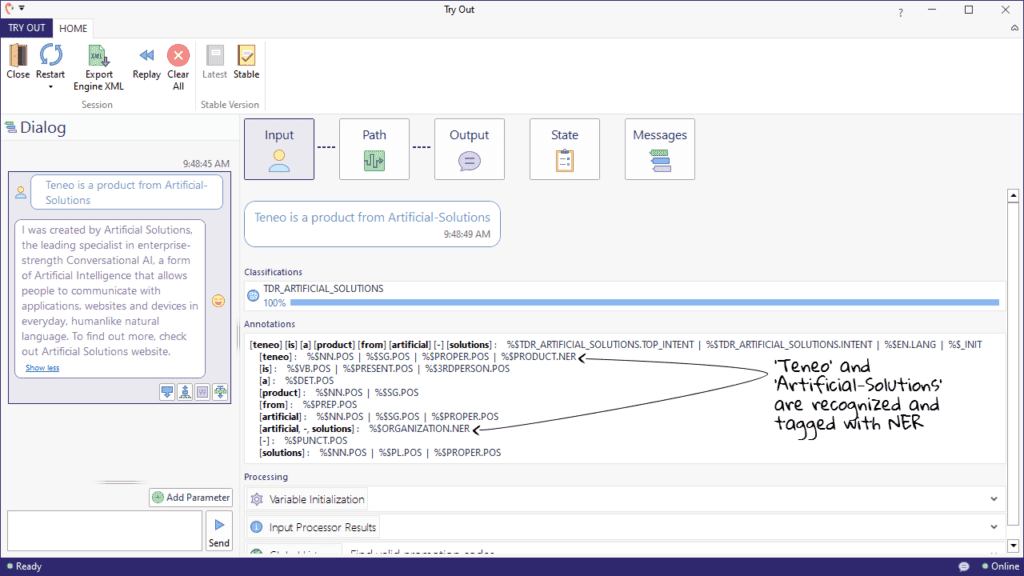In recent years, the fields of artificial intelligence and machine learning have seen significant advancements, particularly in the domains of Natural Language Processing (NLP) and Large Language Models (LLMs), like GPT-4o, and Gemini. Understanding the differences and applications of these technologies is crucial for anyone interested in the future of AI.
What is Natural Language Processing (NLP)?
Natural Language Processing (NLP) is a subfield of AI that focuses on the interaction between computers and humans through natural language. The goal of NLP is to enable machines to understand, interpret, and generate human language in a way that is both meaningful and useful.

This involves a variety of tasks, such as:
- Text Classification: Categorizing text into predefined categories.
- Sentiment Analysis: Determining the sentiment behind a piece of text.
- Named Entity Recognition (NER): Identifying and classifying key information (entities) in text.
- Machine Translation: Translating text from one language to another.
- Speech Recognition: Converting spoken language into text.
NLP relies on algorithms and linguistic rules to analyze and understand human language. It has a wide range of applications, from LLM chatbot and AI Agents to language translation services and text analytics.
What is an LLM bot?
An LLM bot, such as Chat GPT, are a specific type of NLP model that leverages deep learning techniques to process and generate human-like text. These models are trained on massive datasets and have billions of parameters, allowing them to generate coherent and contextually relevant text based on a given input. Some key features of LLM bots include:
- Generative Capabilities: Unlike traditional NLP models that focus on understanding and classification, LLM bot can create new text based on prompts. This makes them useful for tasks like content creation, dialogue generation, and more.
- Contextual Understanding: An LLM chatbot can understand and maintain context over long pieces of text, making interactions more natural and coherent.
- Versatility: An LLM bot can perform a wide range of NLP tasks without needing task-specific training.
LLM Chat GPT: Revolutionizing Conversational AI
One of the most well-known LLM bot is Chat GPT, developed by OpenAI. This LLM chatbot has transformed the way we interact with machines. By using the generative capabilities of LLMs, Chat GPT can hold meaningful conversations with users, providing responses that are contextually appropriate and engaging. This has numerous applications, including:
- Customer Support: An LLM chatbot can handle customer inquiries, providing instant responses and freeing up human agents for more complex tasks.
- Personal Assistants: Tools like LLM Chat GPT can assist with scheduling, reminders, and general information queries.
- Educational Tools: An LLM chatbot can provide personalized tutoring and answer questions in real-time, enhancing the learning experience.
LLM bot: Beyond Text
The power of LLM bots extends beyond simple text generation. They are being used in creative fields such as writing, music composition, and even art creation. For instance, a LLM bot can help writers by suggesting plot ideas, generating dialogue, or even drafting entire sections of text. In the realm of music, LLM bot can compose original pieces based on a given style or theme. The difference between an LLM bot, to for example LLM Chat GPT is that an LLM bot can be tailored to focus on your enterprise together with a platform like Teneo. LLM Chat GPT on the other hand is designed to consumers and do not offer options to tailor it for your business.

Comparing LLM and NLP
While LLMs are a subset of NLP, their capabilities and applications set them apart. Traditional NLP focuses on understanding and processing language, whereas LLMs, with their generative abilities, go a step further by creating new content. Here are some key differences:
- Scope: NLP encompasses a broad range of language-related tasks, while LLMs focus specifically on language generation.
- Complexity: LLMs require significantly more computational power and data for training compared to traditional NLP models.
- Output: NLP models typically provide structured outputs such as classifications or entities, whereas LLMs generate free-form text.
Build your own LLM bot today!
Both NLP and LLMs are integral to the advancement of AI and have unique strengths that make them suitable for different applications. We at Teneo are experts in this field, book a demo today to build your own LLM bot!
FAQ
What is the primary difference between NLP and LLM?
The primary difference is that NLP encompasses a broad range of tasks related to language understanding and processing, while LLMs are a type of NLP model that focuses specifically on generating human-like text.
How does an LLM like ChatGPT work?
ChatGPT uses deep learning techniques and is trained on massive datasets. It generates contextually relevant and coherent text based on the input it receives, making it capable of holding meaningful conversations.
What are some common applications of an LLM chatbot?
An LLM chatbot are used in customer support, personal assistants, educational tools, content creation, and more. They can handle inquiries, provide instant responses, assist with scheduling, and even tutor users.
Can LLMs be used for tasks other than text generation?
Yes, LLMs have generative capabilities that extend to creative fields such as music composition and art creation. They can suggest ideas, generate dialogue, and compose original pieces based on given themes or styles.
Do LLMs require more computational power than traditional NLP models?
A: Yes, LLMs require significantly more computational power and data for training compared to traditional NLP models due to their complexity and the large number of parameters they contain.

